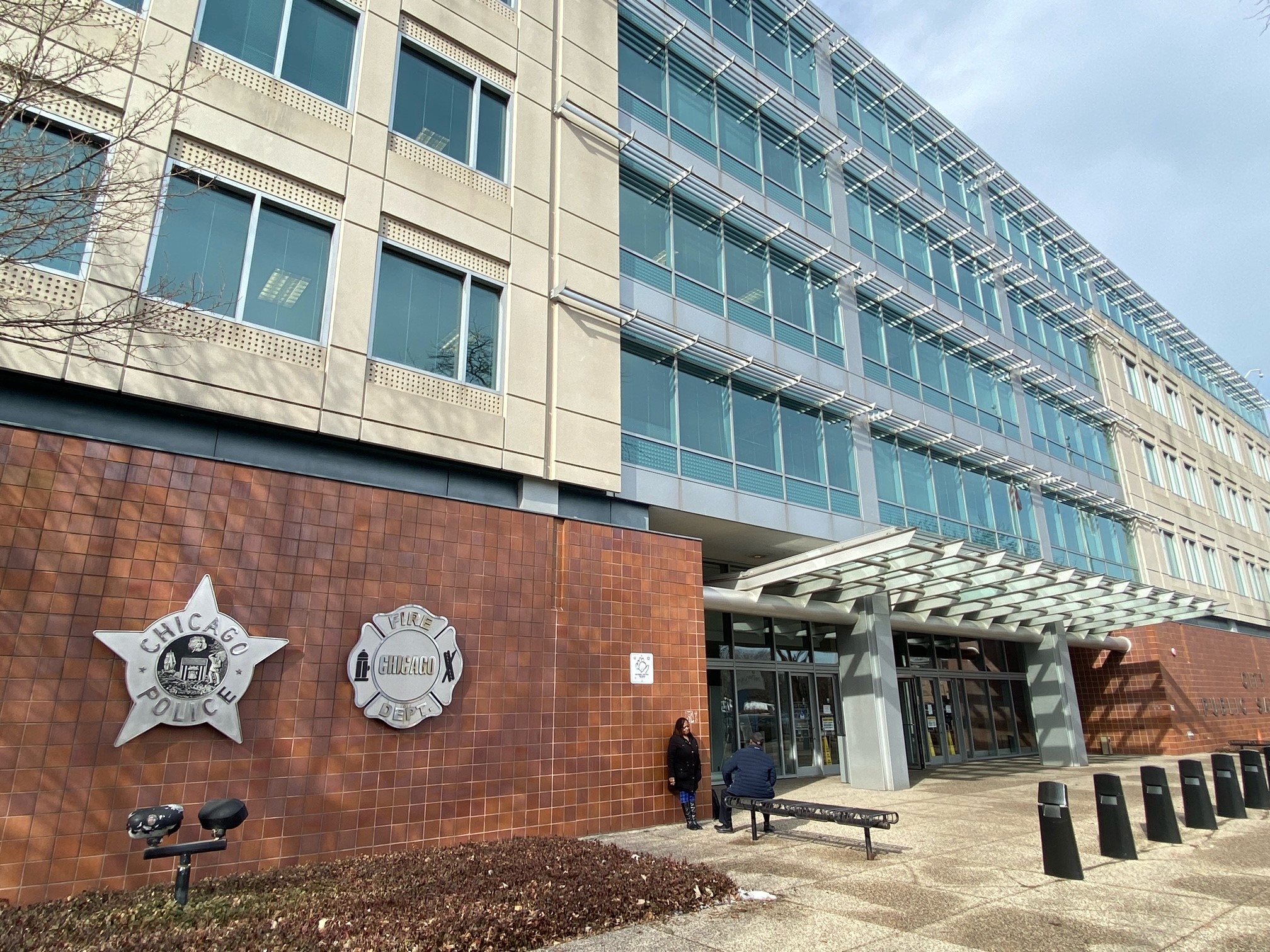Health officials in Illinois warned against travel ahead of spring break, voicing concern over the recent surge in COVID-19 cases and hospitalizations.
Chicago Department of Public Health Commissioner Dr. Allison Arwady said in a press conference Tuesday that residents should avoid travel unless fully vaccinated against the coronavirus.
"That is doubly true if you're planning to travel internationally because the U.S. has done by far the most vaccines of any country in the world," Arwady said. "And especially where we look at more, you know, middle or lower income countries, there are countries that are just now starting to vaccinate."
If travel is necessary, she reminded people to continue wearing a face covering and social distancing, especially in heavily populated public areas such as in airports and airplanes.
Feeling out of the loop? We'll catch you up on the Chicago news you need to know. Sign up for the weekly Chicago Catch-Up newsletter here.
Chicago updated its emergency travel order on Tuesday, moving multiple states between the yellow and orange tiers that dictate guidelines for travelers to quarantine or test negative for COVID-19 prior to their arrival in the city.
The "orange tier," which requires a quarantine or pre-arrival negative test before coming to Chicago, now includes 26 states, while the lesser yellow tier now includes 23 states as well as the District of Columbia and Puerto Rico. Which tier states are in depends on case rate adjusted for population.
Idaho, Montana, Minnesota, Michigan, West Virginia, Maryland, and Maine moved from the yellow to orange tier since two weeks prior, while Utah, Arizona, Texas, Nebraska, the District of Columbia and Kentucky moved from the orange to the yellow tier.
Local
For a full look at the updated travel order, click here.
In a public statement released Tuesday, Illinois Department of Public Health Director Dr. Ngozi Ezike said that the state is "seeing some concerning plateaus and even increases in hospitalizations and cases."
“Even as we’re getting more and more vaccine doses, we cannot let our guard down, especially with these virulent new strains circulating,” Ezike said. “We’ve come so far and are so close to a more normal time, but we’re already seeing some concerning plateaus and even increases in hospitalizations and cases. We’re not out of the woods yet so continue to wear your masks, avoid large crowds, and keep six feet of distance.”
Health officials in Illinois on Tuesday reported 1,832 new coronavirus cases and 13 additional deaths, along with more than 70,000 vaccinations in the past 24 hours. As of Monday evening, 1,270 Illinois residents were hospitalized due to the virus. Of those patients, 272 were in ICU beds and 117 were on ventilators.
Arwady said the current trends in Chicago metrics, many of which have risen in recent weeks particularly in young adult populations, are similar to the trends seen ahead of the fall surge that led to coronavirus mitigations across the city and state.
"Unfortunately, these sorts of increases are just what we were seeing in October as we were starting to see the beginnings of what became our huge surge," Arwady said. "It was really the same case rates and younger adults that started this."
The city's positivity rate sat at 3.2% Tuesday, remaining in the low-risk category, but marking an increase from a recent low of 2.7%, Arwady said.
"Seeing that go up about a half a percentage point over the last, you know, week and a half to two weeks is not progress," she said during a Facebook Live Tuesday.
Even more concerning, she said, is that case counts in the city are also starting to rise, with a current average of 350 cases per day, compared to 285 one week earlier.
Arwady said that while the current case level remains in a moderate risk category, the rate of increase actually puts the city under a higher risk.
The city's top doctor had planned on announcing some new reopenings Tuesday, but said she decided against it as numbers in Chicago start to shift.
"I was very much hoping today to be able to do some further reopening," Arwady said. "In the setting of what these numbers look like we're just keeping a close eye. We've got to come back down to moderate risk in all of our indicators and, you know, the state's in agreement about that too, that these increases we're seeing are not just in Chicago. They're actually worse in suburban Cook and the northeast, you know, the state overall. Not an emergency yet, but these are... this is why we monitor these things and when we see signs of concern like this, it's a moment to watch and see what happens."



